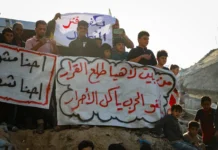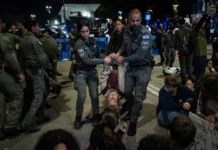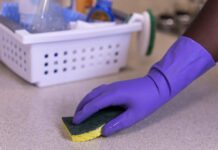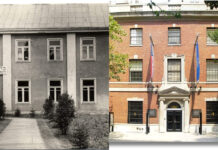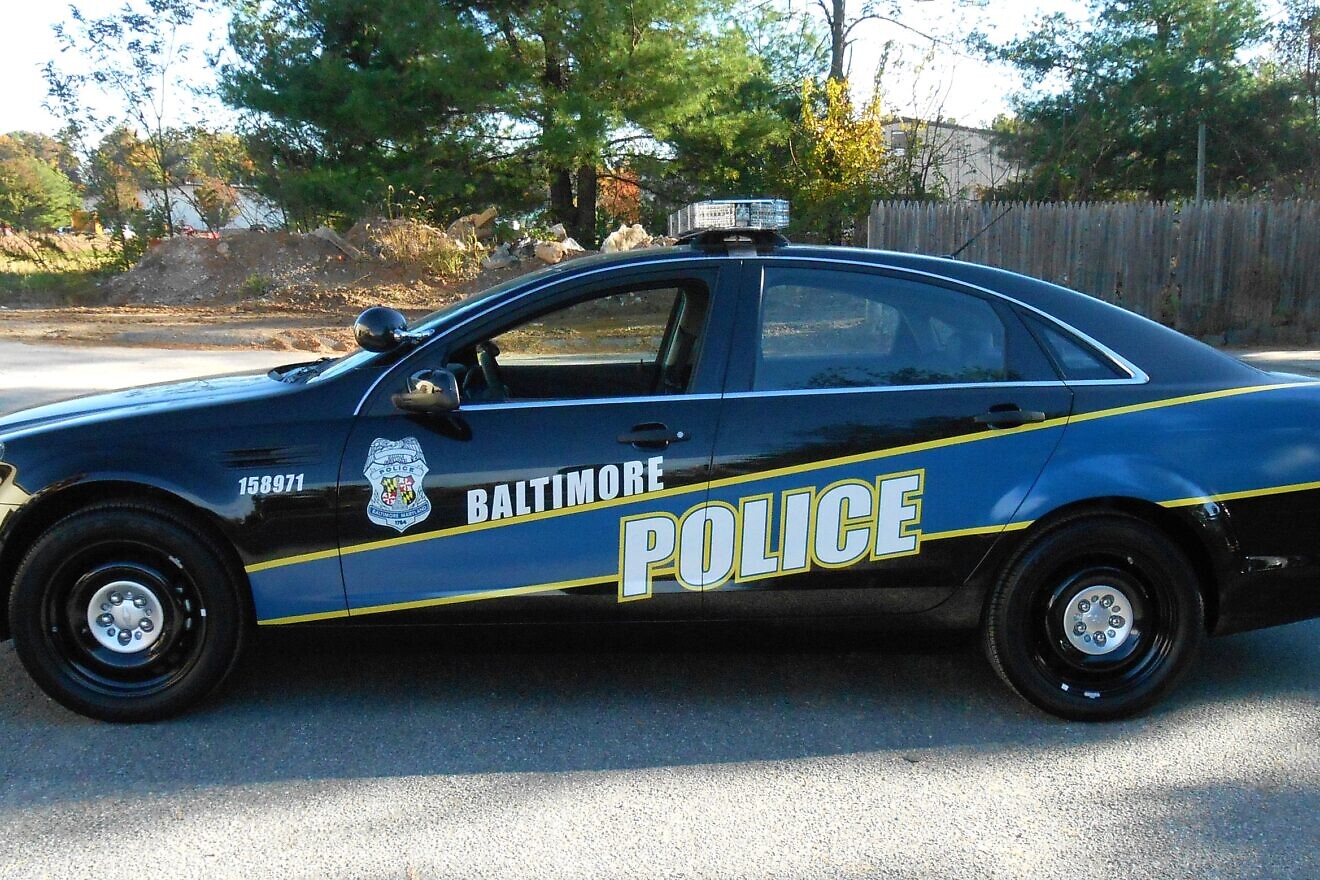The Baltimore City Health Department created the Office of Youth Violence Prevention in 2002 in response to the fact that despite police efforts to curb crime, “Baltimore remained one of the most dangerous cities in the country,” per the city office’s website. In 2024, Charm City ranked among the most dangerous U.S. cities in several such ratings.
In a year-end report, the Baltimore Police Department stated that homicides were down by 23% and non-fatal shootings dropped 34% in the city in 2024, compared to the year before. The city’s Jewish residents appreciate that progress, but some told JNS that more needs to be done.
“Creating a safer Baltimore remains our top priority, and I want to thank the dedicated men and women of the Baltimore Police Department for their intentional and relentless efforts to reduce crime in our great city,” stated Richard Worley, commissioner of the Baltimore Police.
“We know very well that there is much more work to be done in building trust with our communities, and we plan to build on these successes in partnership with all our stakeholders and community partners,” he added. “Together, we are united in building up our city and ensuring that residents feel safe and protected.”
Brandon Scott, the Baltimore mayor, stated that he was “deeply proud of this progress, but it will never be enough until no single Baltimorean loses their life to gun violence—and we will continue working towards that goal every single day.”
Baltimore Shomrim, a public safety advocacy group that is celebrating its 20th anniversary this year and has more than 35 volunteers, praised the work of the Baltimore Police Department but agreed with Worley that more is needed, especially some 15 months after the Hamas-led terrorist attacks in southern Israel on Oct. 7, 2023.
“We are very happy and very proud that there’s been a significant decrease and progress has been made in reducing violent crime, but there still is a significant amount of work that needs to be done,” Nathan Willner, a Shomrim spokesman, told JNS.
“The problem is that there are still ongoing problems with juvenile crime that has been surging, and when you talk about street-crime issues that have plagued the Jewish community, obviously, it’s not just Jewish people that are victims of these crimes,” he said. “It’s all residents throughout the area.”
Juvenile carjackings have increased in the city by 158% over the past three years, according to Willner.
“In 2024 alone, there were 590 carjackings, and that’s a 208% rise from 2022,” he said. “It has not gone down, and unfortunately, a lot of it has to do with accountability since the juvenile justice system in Maryland is overburdened and just really not effective.”
Willner told JNS that partnerships between organizations like Shomrim and the Baltimore Police Department can help fight crime, highlighting Shomrim’s camera community project, which places mobile, high-definition cameras in crime hotspots in collaboration with local precincts.
“We can provide these resources that the police department might not have the funding for,” he told JNS. “There is tangible evidence that this kind of partnership is making a difference.”
“We want to see that police departments and local government agencies embrace the partnership and enhance it,” he added. “We rely greatly on community support and financial support from contributions, and we apply for grants where we can, but it requires the government to support these types of efforts because all of our members are volunteers and the equipment costs a lot of money.”
Willner told JNS that community partnerships can be helpful, but the ultimate responsibility for achieving long-term safety improvements lies with the government.
“We need a comprehensive approach that includes law enforcement, community engagement and support for at-risk youth in order to sustain long-term improvements in public safety,” he said. “It is juveniles that are committing so many of these crimes.”
‘Tend to avoid downtown at night’
David May, research manager and a senior research analyst at the Foundation for Defense of Democracies, told JNS about “isolated cases of violence and crime targeting Jews,” including a friend of his who was assaulted by pro-Palestinian demonstrators.
Shomrim video cameras placed in Jewish areas, including some near a house displaying photos of Israeli hostages that were vandalized, “project a sense of security and deter attacks but demonstrate the elevated threats to the community,” according to May. “All Jewish buildings have security measures,” he said.
“In terms of violence not targeting Jews specifically, there has been some spillover from regular Baltimore crime, and Jews tend to avoid downtown Baltimore at night,” May told JNS. “But most Jews live in areas relatively insulated from Baltimore City crime.”
According to a 2020 community study released by the Associated: Jewish Federation of Baltimore, some 95,400 Jews—74,900 adults and 20,500 children—reside in about 46,700 households. About 20,000 non-Jews lived in those households as well. (More recent estimates say the Jewish community now numbers more than 100,000.)
“The community is exceptionally strong in Pikesville, Owings Mills, and the Park Heights and Cheswolde neighborhoods of the City of Baltimore, where many of the central institutions of the Baltimore Jewish community are located,” per the survey. “Baltimore has one of the largest Orthodox populations in the United States,” it added, with 21% of the city’s Jewish adults identifying as Orthodox.
“Similar proportions identify as Conservative (19%) and Reform (18%),” it added. “Three percent belong to another denomination. Thirty-nine percent identify with no particular denomination.”






